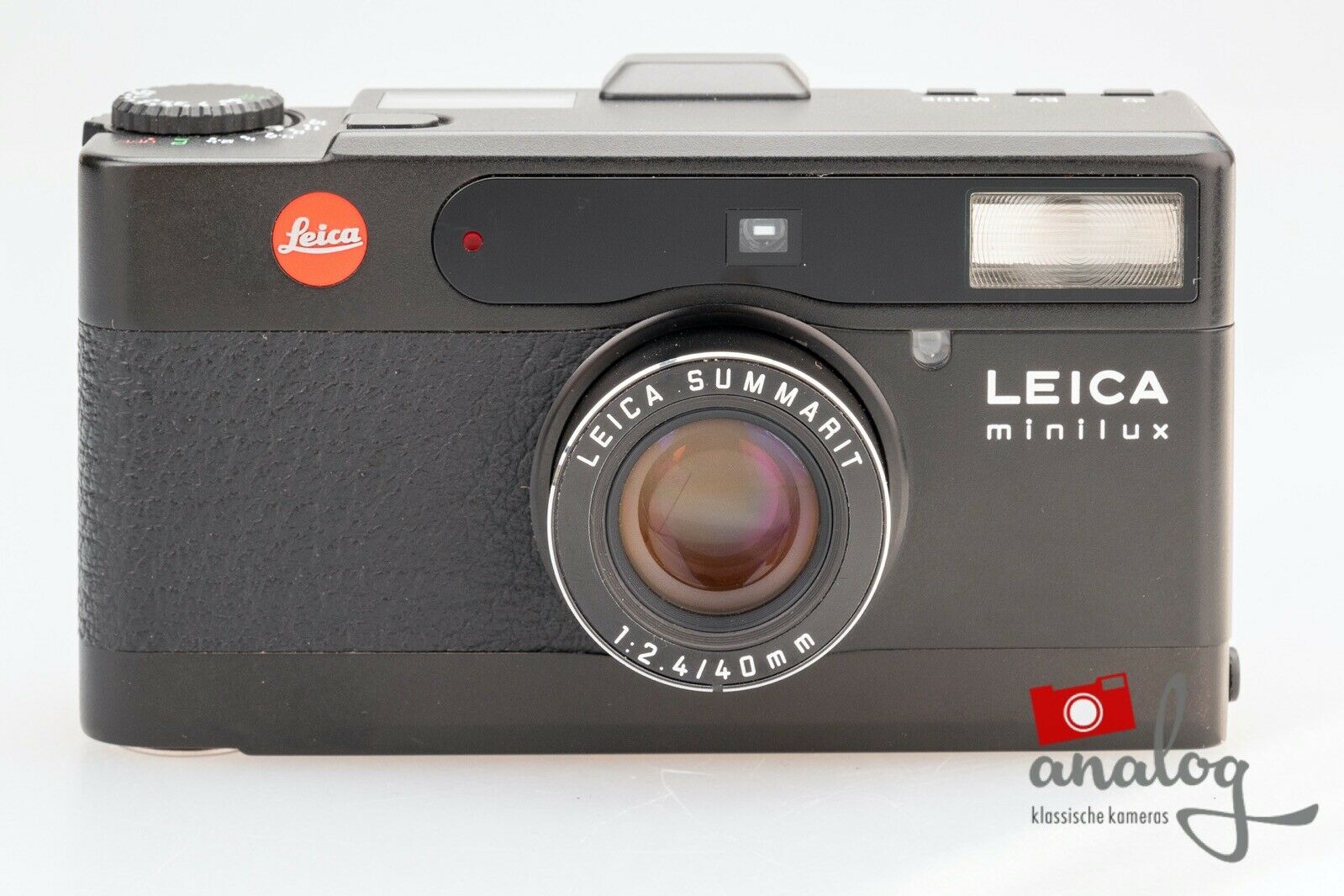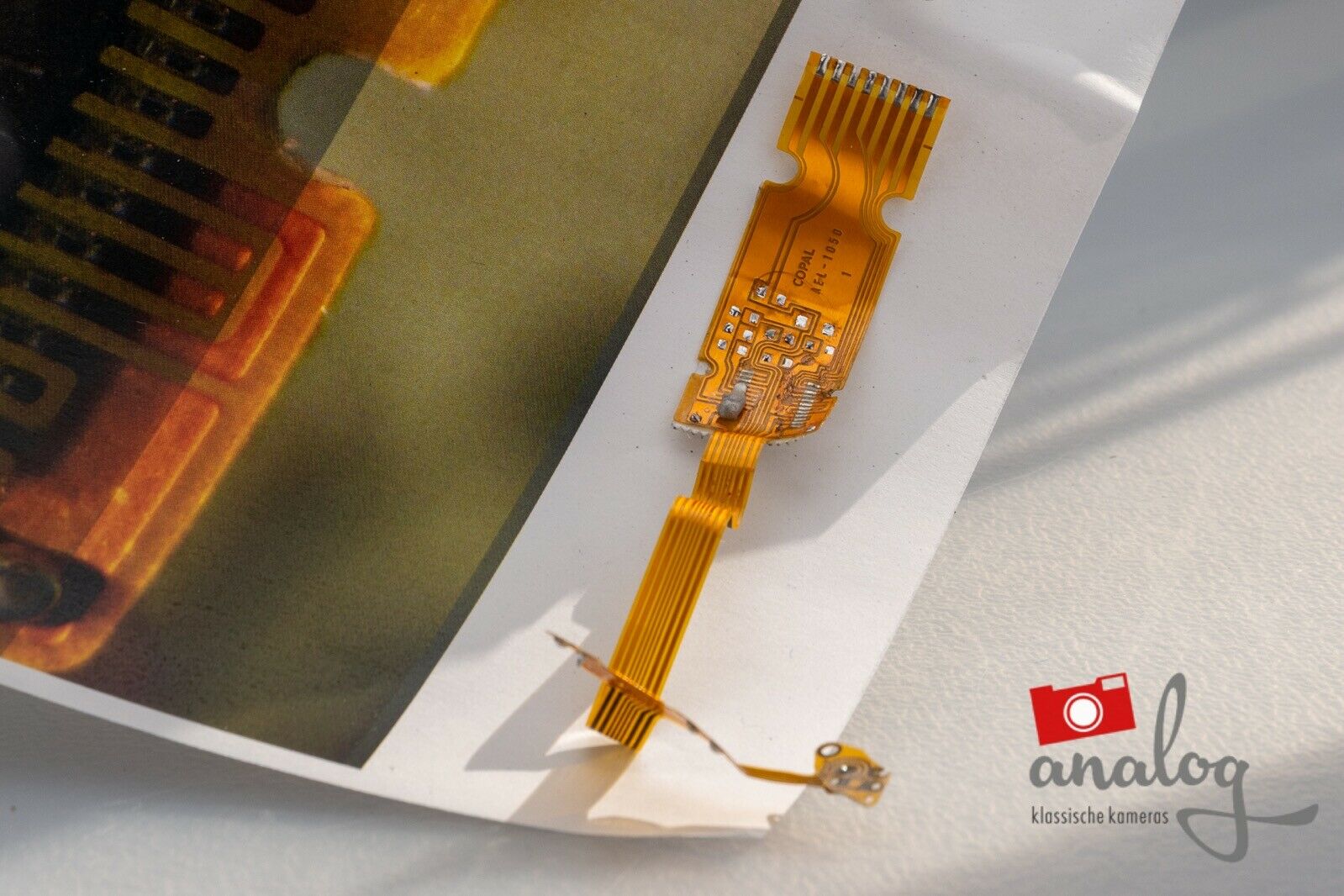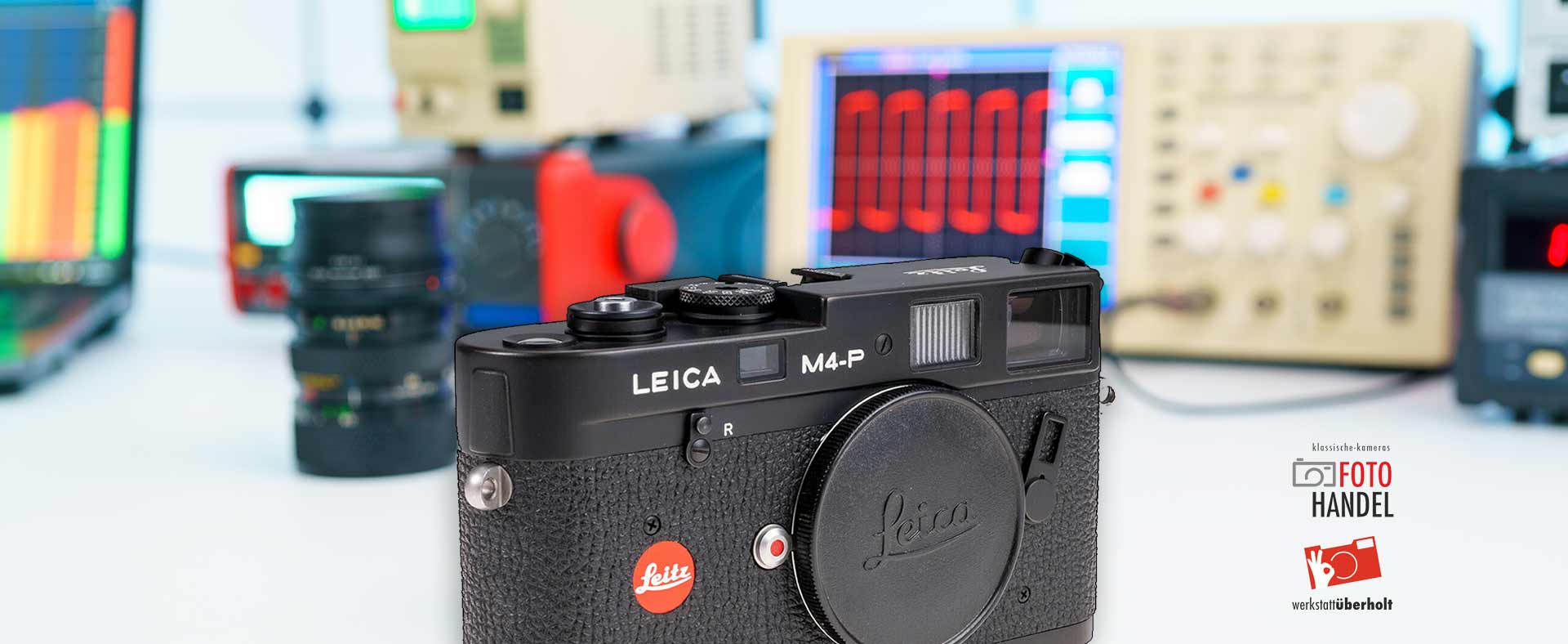
Leica repairs, maintenance, cleaning and customer service
Die Inhalte dieser Seite „auf einen Blick“:
The maintenance and repair of a Leica camera or a Leica lens via the manufacturer's own customer service "Leica Customer Care" in Wetzlar is certainly the best option for an excellent result.
Indeed Leica repairs are only offered and carried out "holistically", i.e. always combined with a general review and overall coordination. This ensures optimum quality, but also increases effort and costs in accordance with the scope of every Leica maintenance listed below.
Maintenance by "Leica Customer Care" is always recommended. Nevertheless, it is a question of consideration as to the "measure" that is used here as a criterion. For example, do you give your "Mercedes Classic" exclusively to the "Mercedes Classic Center"? Surely you would only do this with extraordinary models or great love and budget.
- Cleaning and overhauling the shutter mechanism
- Cleaning and repairing the multifunction wheel
- Cleaning the main switch and time wheel
- Adjusting the bottom cover lock
- Repairing the engravings
- Renewing the bottom cover foil
- Repairing the viewfinder displays
In addition to Leica Camera AG in Wetzlar (Leica Customer Care), there are various Leica-authorized companies that can repair almost any Leica camera. However, due to the availability of spare parts, repairing a classic screw thread model is much more difficult than with the later Leica M cameras. An early Leica IIIa or IIIb can therefore be completely uneconomical to buy or maintain when repairs are due. In contrast, a Leica M3 and M2 can still be easily repaired, and repair shops can still access spare parts from Leica Camera AG, some of which are as good as new. The prices for this are high, however.
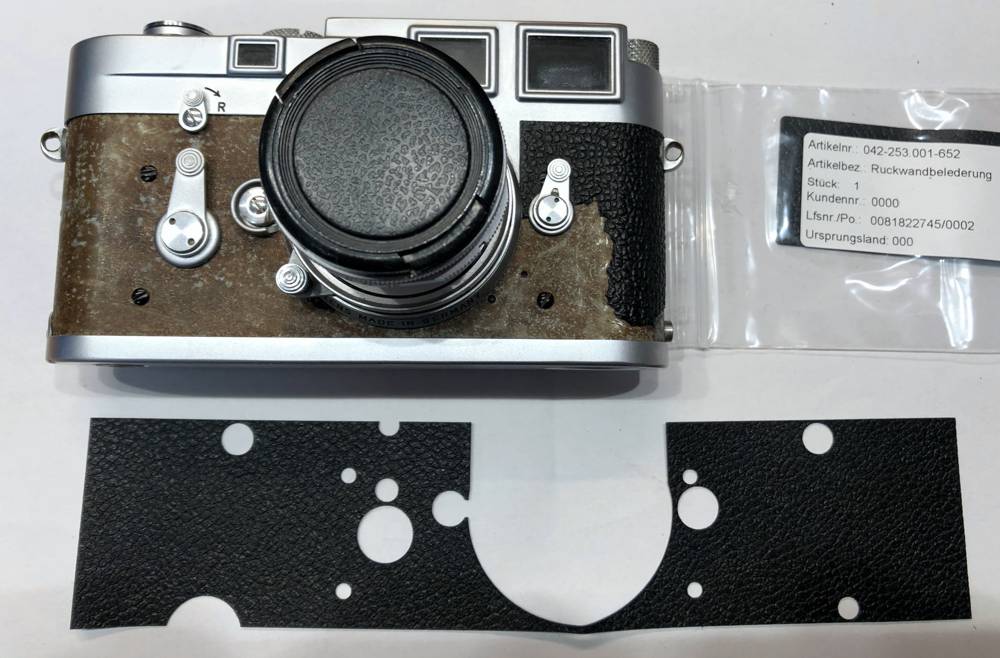 Figure on the right: New leather covering on a Leica M3 - original spare parts from Leica
Figure on the right: New leather covering on a Leica M3 - original spare parts from Leica In addition to the repair shops authorized by the manufacturer, there are specialized workshops that can repair and maintain Leica cameras. Thanks to the technical overhaul, a very beautiful and well-preserved Leica is in a perfect overall condition.
Leica cameras are certainly among the most stable and reliable cameras that have ever been manufactured. They are built as everyday objects that should work for years. And so some Leica M3s still work reliably today - after more than 50 years - “as on the first day”. Certainly also because regular maintenance of their equipment was a matter of course for Leica photographers.
A well-cared for Leica will function perfectly for a long time and this condition can be maintained by a Leica customer service or a specialized repair shop. And thus also the value of a classic Leica camera, for which high prices are still paid today when buying and selling.
Misaligned rangefinder / rangefinder
screws, screw heads
Closure sequence
In addition, the closing sequence of both shutter blinds

Vertrauensgarantie:
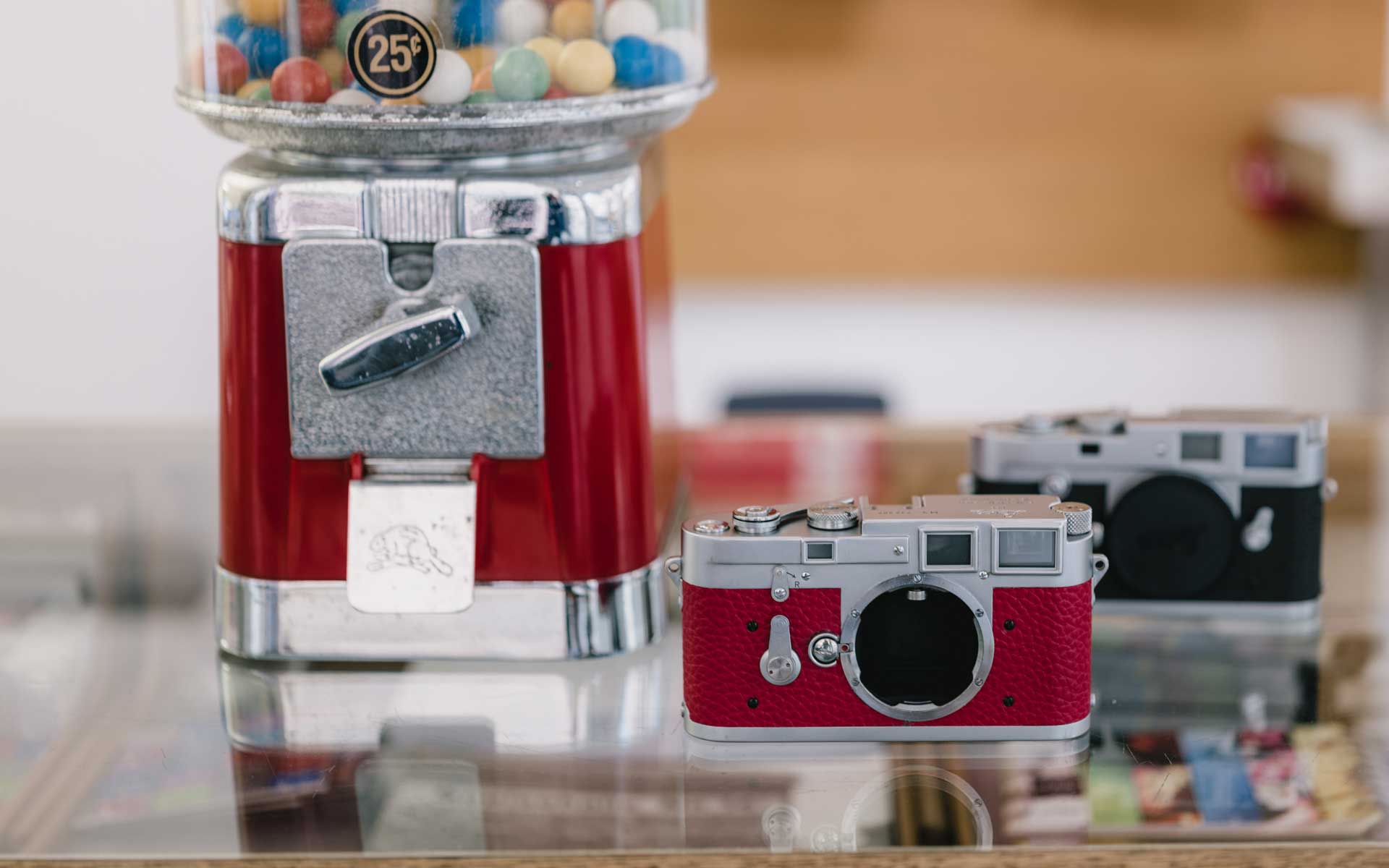
Leather lining
Leica M lens coding
Sensor cleaning on digital Leica
Blurry dark spots can be seen in the pictures, especially when using small aperture values. The camera sensor is dedusted and cleaned with a professional sensor cleaning service.
E02 error with Leica Minilux
